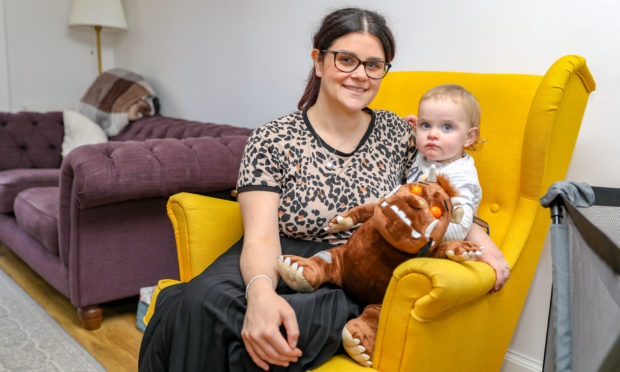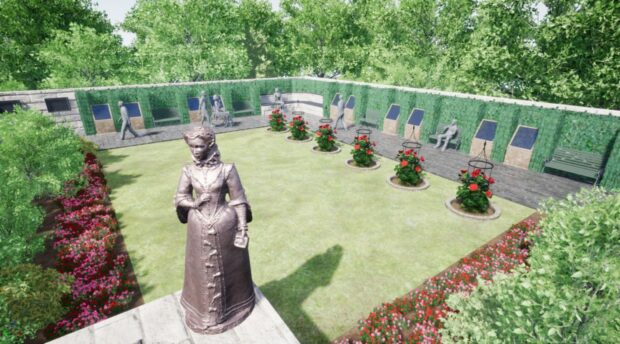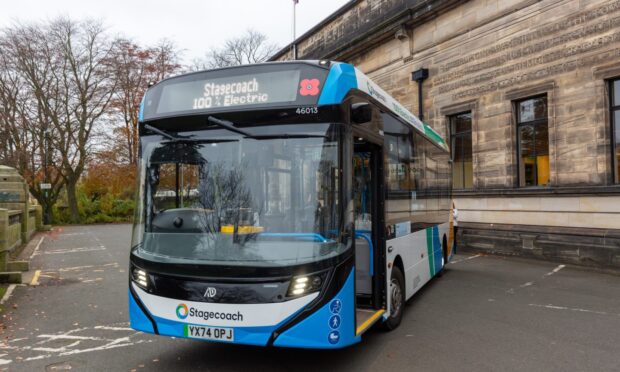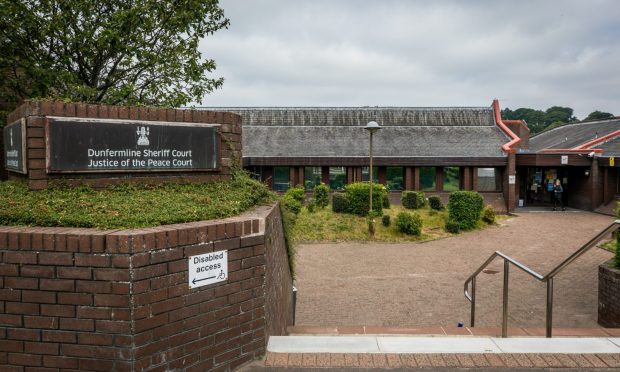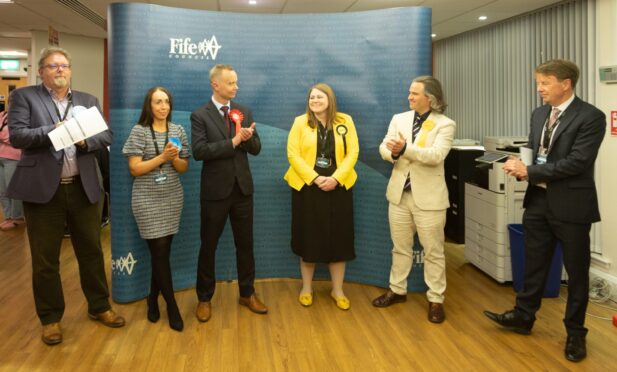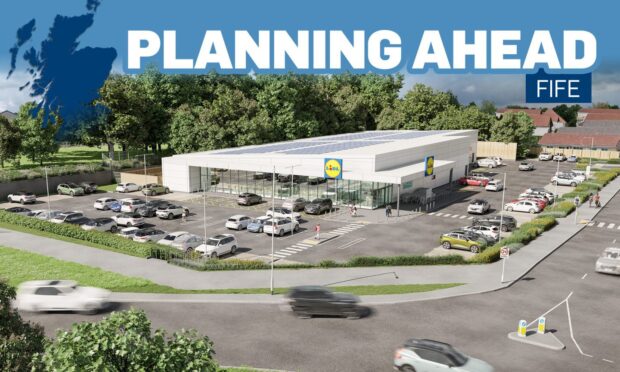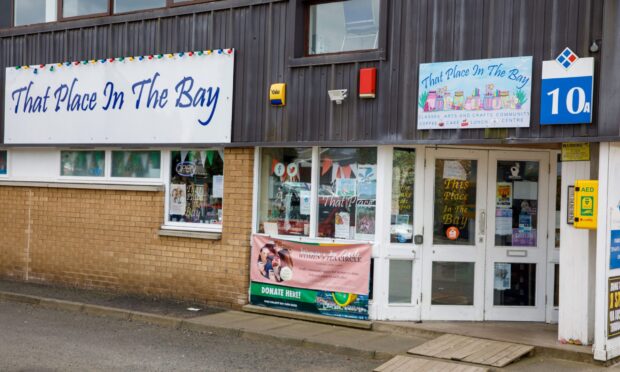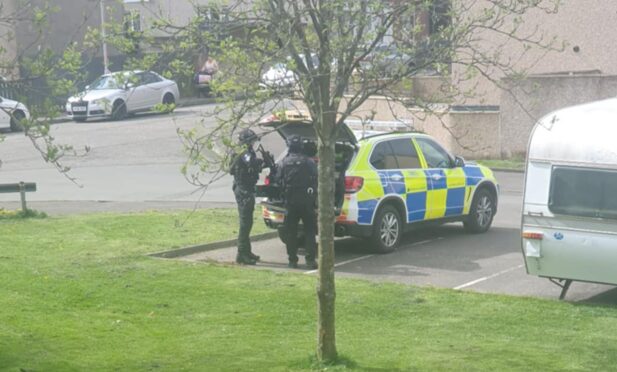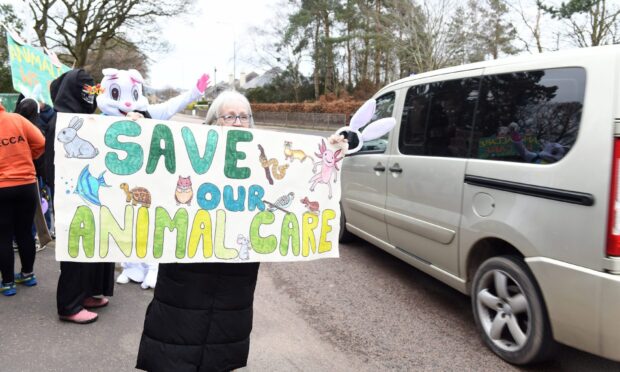Fife’s deputy provost has opened up about her battle with post-natal depression, saying she did not know where to turn when her daughter was born.
Julie Ford said there had not been enough targeted resources for new mothers after she gave birth to daughter Niamh in December 2017.
The 27-year-old SNP councillor was speaking after the Scottish Government announced £50 million to improve mental health services for new and expectant mothers.
The money will provide access to treatment for an additional 11,000 women who experience mental health problems during and after their pregnancy.
Up to 20% of women are affected by perinatal illness, which can have long-lasting effects on women and their families.
Ms Ford, who represents Glenrothes West and Kinglassie, welcomed the move and said it would have made a huge difference to her if it had been in place during her pregnancy.
“I am really pleased to see this news as I think it is an area that is discussed a lot but never seemed to previously have the money to back it,” she said.
“There were warning signs throughout my pregnancy that my mental health wasn’t as it should have been but I didn’t know where to turn.
“This only got worse as soon as my daughter was born but I refused to acknowledge anything was wrong and in hindsight, there probably wasn’t enough targeted resources specifically for new mothers to identify a problem.”
She added: “I am sure that if this extra funding was in place then, my post-natal depression would have been picked up far sooner and would have meant that my family and I could bond and enjoy the first months of my daughter’s life a lot more than we did.”
Ms Ford’s said she still perceived a stigma attached to post-natal depression.
“Women feel as though they will be perceived as weak and unable to look after their child if it’s diagnosed,” she said.
“I remember thinking that I would have people assessing my ability to raise my child, people thinking I was unable to continue as an elected member, and others thinking that I was a bad parent.
“But it’s not until you finally get the help you need and start to feel better and more stable, that you realise there is no weakness in seeking out help and support, and that this is actually the best option for you, your child, and your family.”
She said the funding would support more families during what is a highly emotional time.
The Scottish Government said the money would mean the introduction of new models of service delivery, including specialist care for acute mental health problems.
